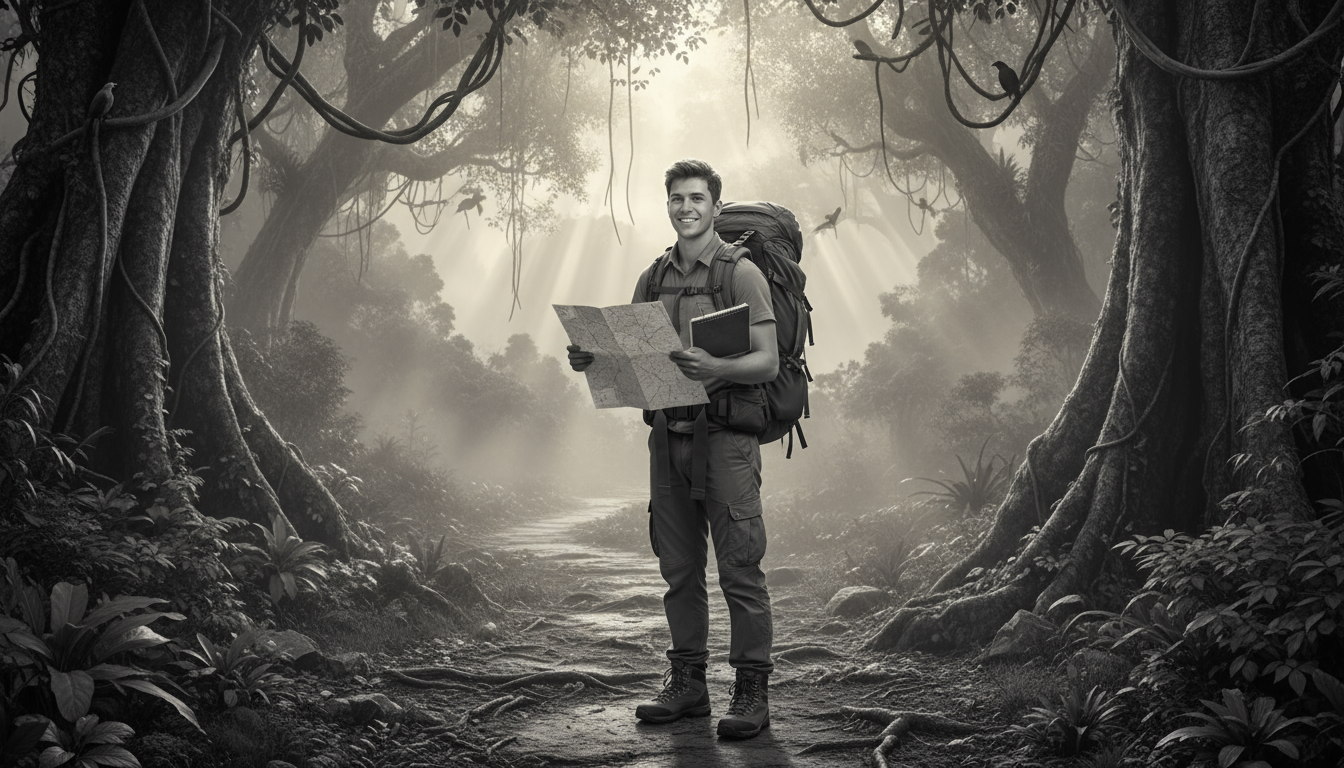Planning for a gap year adventure opens doors to personal growth, cultural immersion, and unforgettable experiences. Whether you’re fresh out of high school or taking a career break, this intentional pause allows exploration beyond the classroom. With thoughtful preparation, your year can transform challenges into triumphs, fostering independence and resilience. In 2025, amid rising wanderlust, let’s dive into strategies that make this journey seamless and enriching.
Defining Your Gap Year Goals
Start by clarifying what success looks like for you. A gap year isn’t just travel—it’s purposeful.
Assessing Personal Motivations
Reflect on why you’re taking this step. Seek adventure, skill-building, or self-discovery? Journaling helps pinpoint desires, like volunteering abroad or hiking remote trails. For instance, if career clarity calls, internships abroad align perfectly. Moreover, consider how experiences tie to future studies—many colleges value this reflective time.
Setting Realistic Objectives
Aim for balance: mix structure with spontaneity. If budget limits full globetrotting, focus on regional adventures, like Southeast Asia backpacking. Break goals into themes—cultural exchange, eco-volunteering, or language immersion—to guide decisions.
Financial Planning for Your Adventure
Money matters—budget wisely to sustain your trip without stress.
Estimating Costs and Savings
Calculate essentials: flights average $500-1500, visas $50-200, daily expenses $30-100 depending on destination. Factor in insurance ($200-500/year) and emergencies. Save by working part-time pre-departure; aim for $10,000-20,000 for a year.
Funding Strategies
Seek scholarships from organizations like Gap Year Association or work exchanges via Workaway. Freelance online or teach English abroad to offset costs. Additionally, track spending with apps like Trail Wallet for real-time adjustments.
Choosing Destinations and Activities
Tailor your itinerary to passions, ensuring variety.
Iconic Gap Year Spots
Europe’s rail passes suit history buffs; New Zealand for adrenaline junkies. Southeast Asia offers affordability and beaches, while South America blends culture and nature. Research safety via government advisories.
Diverse Activity Ideas
Volunteer at conservation projects in Costa Rica or ski instruct in the Alps. Dive certifications in Thailand or sailing programs build skills. Mix with downtime—yoga retreats recharge amid adventures.
Volunteering and Internships
Programs like Sea|mester combine sailing with marine research. These not only enrich resumes but foster global networks.
Logistics and Practical Preparations
Handle the details early for smooth sailing.
Visas, Health, and Packing
Apply for visas 3-6 months ahead; budget $100+ per country. Vaccinations vary—yellow fever for Africa. Pack versatile: layers, quick-dry clothes, universal adapter. Apps like Duolingo prep languages.
Safety and Insurance
Choose comprehensive coverage for medical/evacuation. Share itineraries with family; use location-sharing apps. Join communities like Reddit’s r/gapyear for tips.
Integrating Work and Learning
Monetize your year while gaining expertise.
Work-Travel Programs
AdventureEXP offers paid roles in hostels or tours. Working holiday visas in Australia allow 12 months of employment. Balance shifts with exploration.
Educational Pursuits
Online courses via Coursera complement travels. Field-specific internships, like journalism in Berlin, align with careers.
Returning Home: Reflection and Transition
End strong by processing your growth.
Journaling and Skill Application
Document daily—photos, blogs—to capture insights. Upon return, update resumes with tangible achievements. Network via alumni groups.
Avoiding Reverse Culture Shock
Ease back with gradual routines; share stories at meetups. Many find gap years boost motivation for studies or jobs.
Planning for a gap year adventure demands intention, but rewards lifelong memories. Start small—pin dreams on a map—and launch into your transformative year.

 Planning for a Gap Year Adventure: Essential Tips and Ideas">
Planning for a Gap Year Adventure: Essential Tips and Ideas">
